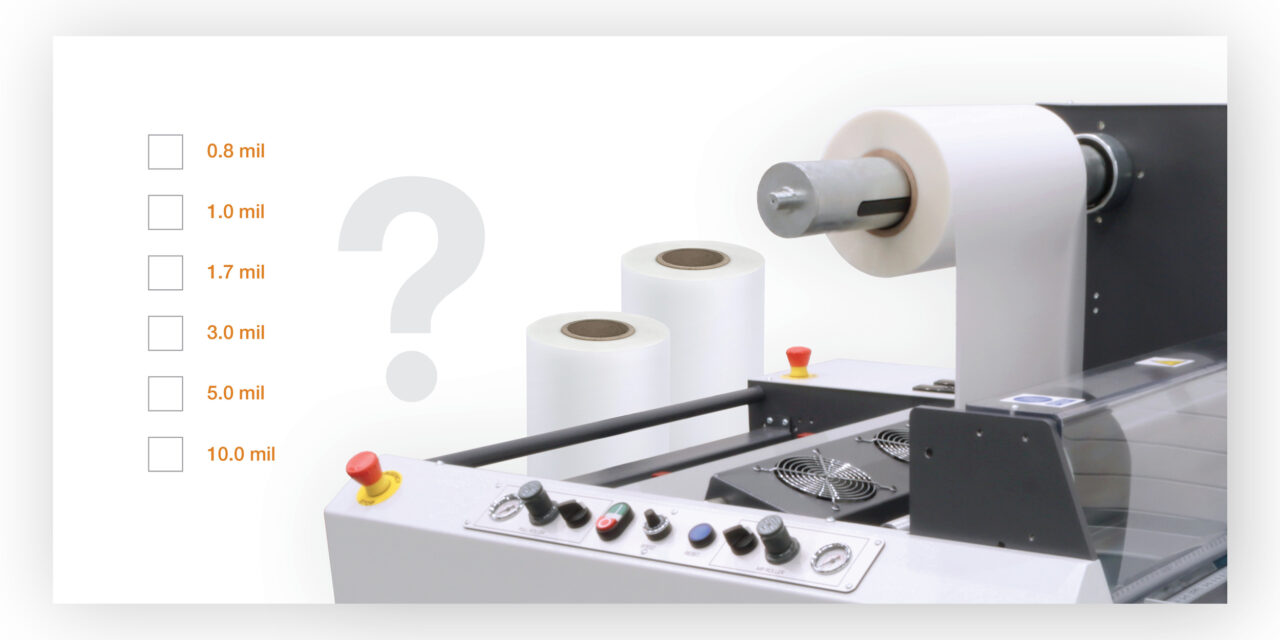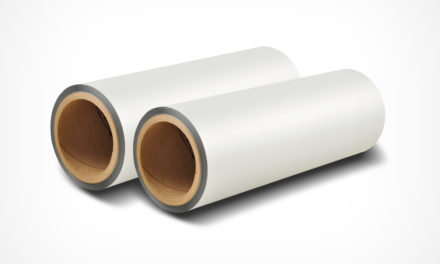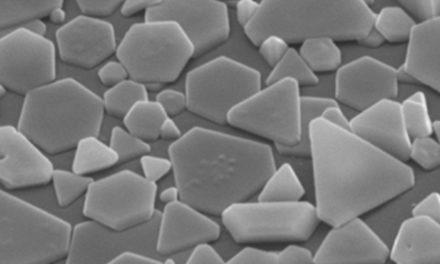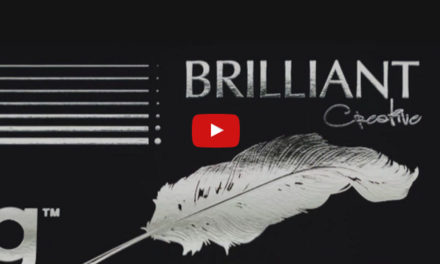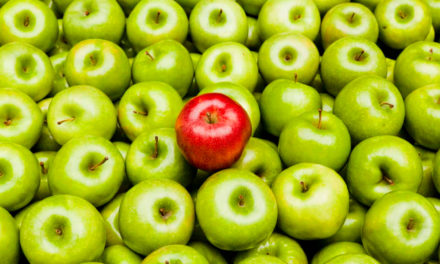HOW TO CHOOSE A LAMINATE THICKNESS
While most specialty laminates are available in only one or two thickness variations, many basic gloss and matte laminates come in a range of thicknesses. These laminates have few differences in terms of finish and material type; however, a slight shift in laminate thickness can have a notable impact on the function and quality of a laminated sheet. For this reason, it is crucial that printers carefully consider which laminate thickness they choose for each project when given the option. This post will explain why some laminate thicknesses may be more suitable in certain situations and help printers know where to start when making a purchase.
Because PET laminates come in the widest range of thicknesses in the Nobelus portfolio, spanning from 0.8 mil to 10 mil thick, this article will focus on PET laminates when discussing the benefits and limitations of certain thicknesses. Visit our PlatinumPET™ page to see a list of all our gloss and matte PET laminates; each product page includes a list of recommended applications. If you are looking for information about how a laminate’s base material affects how it is used in lamination, be sure to check out our blog post How to Choose a Base Material for Thermal Laminating Films.
How Is Laminate Thickness Determined?
The thickness of a thermal laminate is described with the measuring unit “mil” (e.g., PlatinumPET™ 1.7 mil Gloss Laminate or a 5.0 mil thick PET laminate). One mil equals one one-thousandth inch, which can also be represented as 0.001 inch or 1/1000 inch. Therefore, a thermal laminate that is 3.0 mil thick measures 0.003 inch thick. Laminates and films that measure less than 1 mil thick are sometimes described using the unit “gauge,” which means a 0.8 mil PET laminate could also be referred to as an 80- gauge laminate. However, most thermal laminates are at least 1 mil thick, so Nobelus uses gauge chiefly as a measurement for unsupported films, or films without an adhesive layer, because they are much thinner on average.
Because the measurement accompanying a thermal laminate also takes into account the heat-activated EVA adhesive layer included on the underside of the film, it should not be interpreted as the thickness of the film material itself. In fact, in most instances, the adhesive layer is actually at least four times thicker than the film layer. This thick adhesive layer helps ensure the laminate remains bonded to the substrate throughout the life of the product. While this highlights just how thin even the thickest film is, it also helps demonstrate how durable and effective lamination is as a finishing method. These incredibly thin laminates are still able to protect prints from moisture, grease, and dirt while providing extra structure and rigidity at an affordable price point.
HOW TO SELECT A LAMINATE THICKNESS
Even though the difference between a 1.0 mil laminate and a 5.0 mil laminate is only 0.004 inch, each laminate will have significant variations in its performance and limitations. Let’s look at a few factors that should be taken into consideration when deciding which laminate thickness to choose for your print job.
Equipment Capabilities
Thermal laminating systems are complex machines with many unique components that can individually affect the unit’s compatibility with any given laminate thickness. Whatever other factors are considered, your equipment capabilities will ultimately determine if it is feasible for your operations to process certain laminate thicknesses.
Nip Roller Material: Also known as pressure rollers, nip rollers are positioned at the point where the laminate and the substrate meet. They apply pressure to both sides of the web to ensure the individual layers lie flat against each other and form a strong bond as the EVA adhesive cures. These rollers must apply enough pressure to ensure a strong bond while still allowing the substrate to pass through without being damaged. The thicker a laminate is, the less room the substrate will have when passing through the nip rollers. Firmer pressure roller materials, such as polyurethane (PUR), have little give and are therefore more suitable for thinner substrates and laminates. However, rubber pressure rollers will yield to thicker laminates and substrates while still applying plenty of pressure. Certain laminators, such as those used to create gift cards or signage, are specifically designed to accommodate thicker laminates and substrates.
Separation Mechanism: While bursting is the most common and affordable separation method, it is not compatible with most thicker PET laminates due to the risk of damaging the machine or the laminate. Some especially thin versions, such as PlatinumPET 0.8 mil Gloss Laminate, can be burst in certain situations, but the resulting noise can make the production floor unpleasant for operators. Laminating systems with another type of separation mechanism, such as a flying knife or hot knife, will be better suited for most PET thicknesses. However, extremely thick laminate layers, such as those seen in double-sided lamination, will require a guillotine or rotary knife separator. Read our article 5 Common Separation Methods for Different Types of Lamination to learn more.
Application Temperature: As laminates get thicker, the amount of EVA adhesive that must be warmed increases. Additionally, thicker PET laminates, specifically 5.0 mil and 10.0 mil versions, have a slightly higher ratio of film to adhesive and will therefore require higher temperatures to ensure enough heat passes through the film to warm the EVA adhesive layer completely. While the specifications sheets for products in the Nobelus portfolio include guidelines for temperature, always be sure to perform a trial run to ensure any given laminate works with your equipment capabilities.
Performance Requirements
Thermal laminates are used in a wide variety of applications and markets, so printers should give careful consideration to the specific performance requirements of their products when selecting a laminate thickness. We’ll take a look at a few categories where the thickness of a thermal laminate is of vital importance.
Single-Sided Lamination: Most print jobs in general commercial print are produced using single-sided lamination, which means they are laminated only on the side of the sheet that will face the end consumer. As an example, consider how the colorful, laminated exterior of a greeting card contrasts with its paper interior, which is left blank for writing purposes. Single-sided applications cannot utilize PET laminates more than 3.0 mil thick because the laminate will begin to curl into itself, preventing the laminated sheet from lying flat. Substrate thickness can also impact how thick the laminate layer can be as thinner substrates are more likely to give way when the laminate begins to curl.
Double-Sided Lamination: Double-sided applications typically use laminates 3.0 mil and above. Printers can utilize different laminate thicknesses on either side of the substrate so long as they curl to a similar degree to balance each other out and keep the sheet flat. Printers should take into account that thicker laminates will essentially double the overall thickness of their project, so if a double-sided application uses a 10.0 mil laminate, the total thickness of the piece will be at least 20.0 mil notwithstanding the thickness of the substrate.
Flexible Packaging: As the name implies, flexible packaging structures are malleable and incredibly thin. With the advent of digital printing technology, many new flexible packaging converters are utilizing thermal laminates as a final protective layer for their packaging. While thinner PET thermal laminates can provide a degree of structure and durability for certain flexible packaging applications, such as stand-up pouches, PET laminates thicker than 1.7 mil are not suitable for these applications because they are too rigid and can deform the package.
Within each of these categories, printers should also consider what amount of durability and types of post-laminate processes the application will need. Thick PET laminates provide superior rigidity and can be used to encapsulate the piece for complete protection. In terms of embellishments, PET laminates are already more resistant to certain value-add processes than other material types, but thicker PET laminates can prove especially challenging to work with. While all PlatinumPET laminates in the Nobelus portfolio can be die cut, iterations 3.0 mil thick and above cannot be folded.
Finally, cost will ultimately be a determining factor for many printers. In terms of production costs, it can be wise to choose a thinner PET laminate for high-volume projects that need minimal protection or support to save a few cents per MSI. However, for applications that need an extra degree of protection or rigidity, trying to save money in material costs could end up damaging the printer’s reputation or drive away customers if it negatively affects the quality and performance of the product. Be sure to weigh all your options and test different laminate thicknesses before using them on a live job to ensure the final product meets the standards of your customers and performs as it should.
Post-Laminate Appearance
Regardless of their thickness or finish, all laminates in the Nobelus catalog are graphics grade and designed to show little degradation in the printed design’s color and clarity. However, the simple fact of the matter is that thicker laminates will always have a greater impact on clarity and color accuracy because more material separates the printed design from the eyes of the viewer. When design accuracy is of the utmost importance, we recommend choosing a thinner laminate where possible. However, jobs that necessitate a thicker laminate can account for color shift by adjusting the printing process based on the specific laminate that will be used. For more information and detailed guidance on this topic, be sure to take a look at our previous blog post, Troubleshooting Color Shift in Lamination.
HAVE MORE QUESTIONS?
We know that each print job and operation is unique. If our article didn’t address your specific situation, don’t hesitate to reach out to one of our sales representatives or solutions experts with any questions you may have. The Nobelus team has cumulative decades of experience in the printing and lamination industry and has helped customers find exactly what they need for a wide range of specialty applications. Reach out to us by phone or email today, and one of our representatives will get back to you to discuss how our products and solutions can help you realize your goals and meet your customers’ needs.

